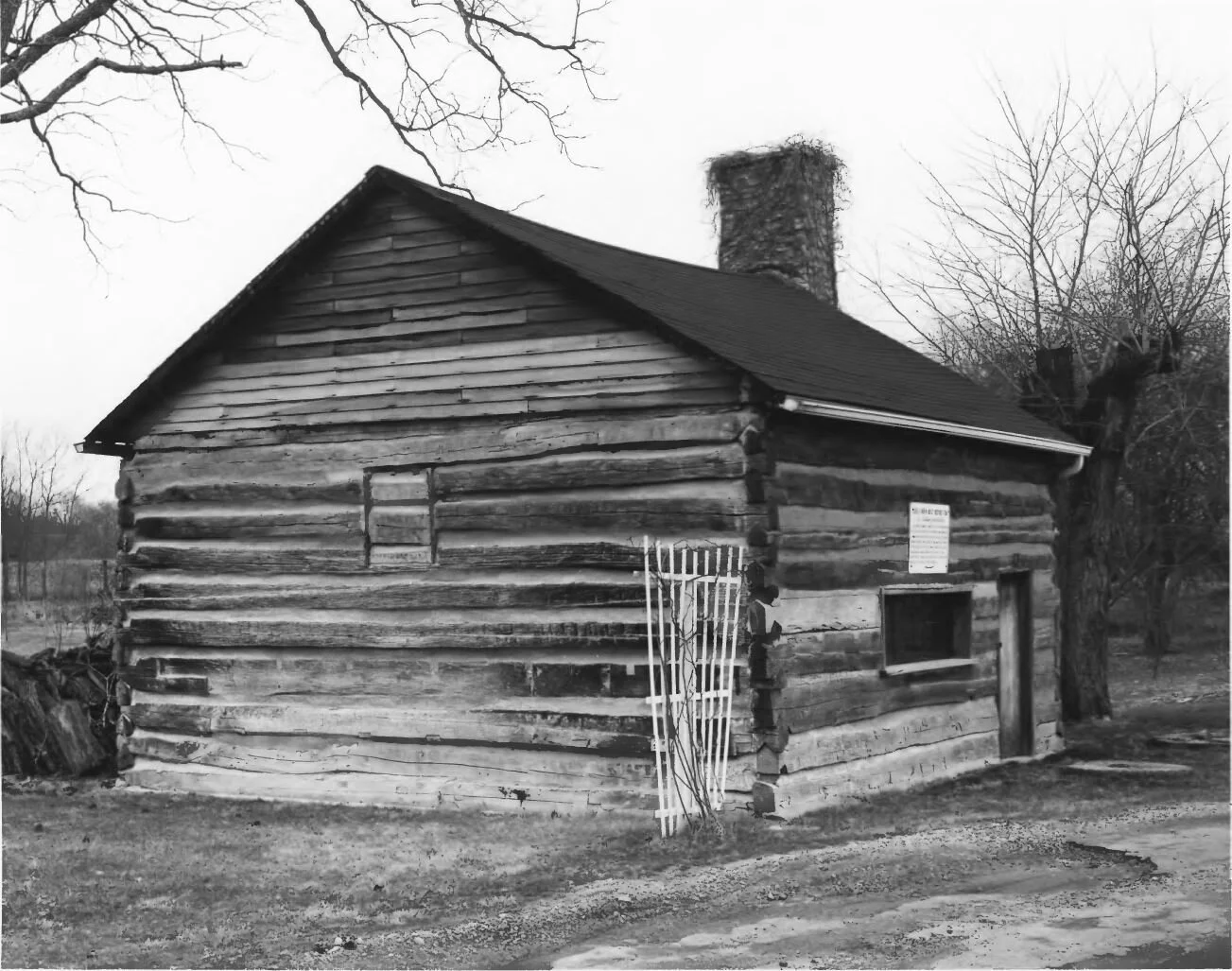In this blog, editor Tristan Finn explores state initiatives to preserve historical landmarks. States vary in their approaches and Tristan analyzes their benefits and effects.
In this blog, 2L Staffer Madelyn Shelton discusses the interplay between the growing California wildfire crisis and the rising unavailability of homeowner’s insurance. She argues that the FAIR plan is only a partial solution, and more sustainable options are needed for the future.

In this blog, 2L Staffer Dylan Diedrich discusses the protections currently in place in Kentucky that are meant to protect pollinators such as bees and butterflies. Diedrich argues that the current protections, while admirable, are inadequate at protecting and restoring pollinator populations because they are voluntary. Since Kentucky primarily relies on voluntary educational programs to protect pollinators, there is no real deterrent to prevent individuals from harming pollinators. Diedrich proposes a system involving true sanctions to encourage proper administration of pesticides to protect pollinator populations.

Blog By: Ben Robinson
In this blog, 2L Staffer Ben Robinson discusses the environmental ideals explaining how other countries have come to give nature "natural rights". He further advocates for a possible solution that replicates the international concept of natural rights, while conforming to and working within the United States legal system.

Blog By: Phillip Burress
In the summer of 2024, the Supreme Court overturned a precedent relied upon for decades by federal agencies. In this blog, 3L Staffer Phillip Burress discusses that with the death of Chevron deference, federal agencies face new challenges and an increased risk of litigation for interpretations they make on ambiguous statutes. Burress points out that many agencies have been preparing for this change for the past decade, and the threat this change imposes may not be as severe as many people think.

In this blog, 3L Staffer Bailey Truitt discusses the current trend of selling horse farms and the push to divide the land into housing in Lexington and all across Kentucky. Truitt discusses that while housing is necessary for Lexington, dividing up agricultural land is detrimental to the historical equine industry as well as contributing to the urban sprawl problem found in Lexington. Truitt argues that maintaining horse farms and agricultural land in and around Lexington is the best choice for the economic development and protection of historical business, as well as the prevention of urban sprawl.


